A computer engineer created a Frankenstein camera called the Pieca. It’s a Raspberry Pi camera module with a Leica M-Mount fitted onto it.
Photography enthusiast Tom Shucker took a Raspberry Pi4 with its high-quality image sensor module and turned it into a fully operative camera complete with a five-inch touch screen that gives a live view along with manual controls.
The Leica M-Mount was 3D-printed and allows Shucker to attach manual lenses from Leica, 7Artisans, and TTartisan.
“The design takes inspiration from a wedge shape of a polaroid while the front is a cartoonish rendition using classic Leica colors; white, black, and of course red,” Shucker explains on his YouTube channel.
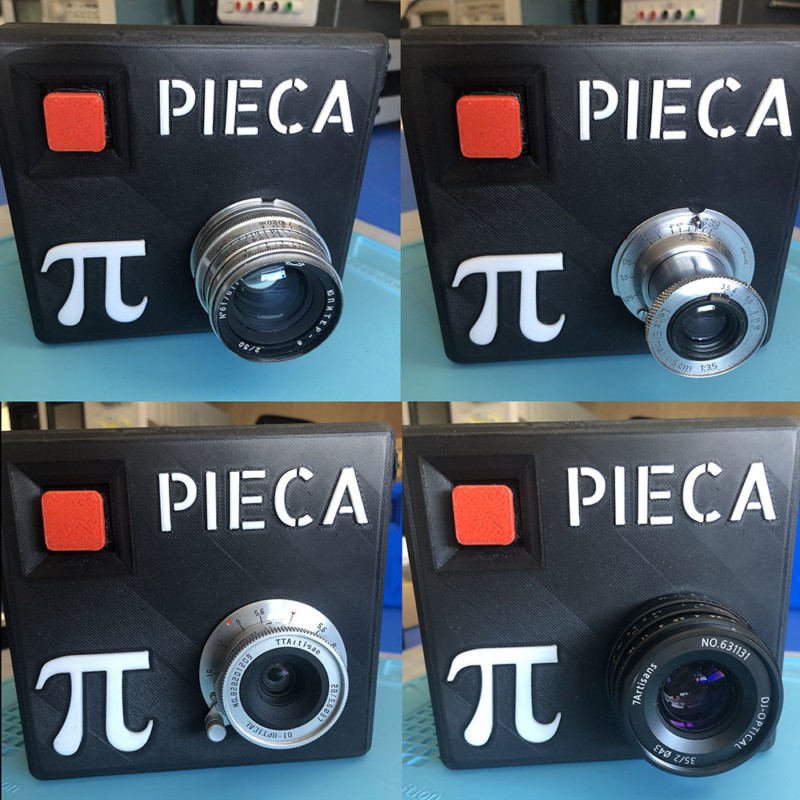
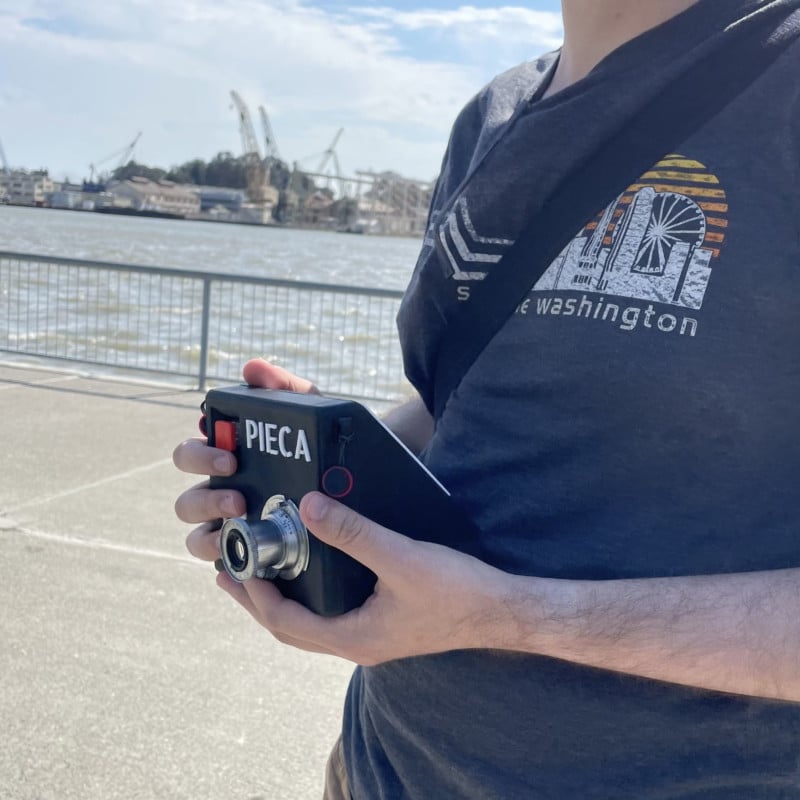
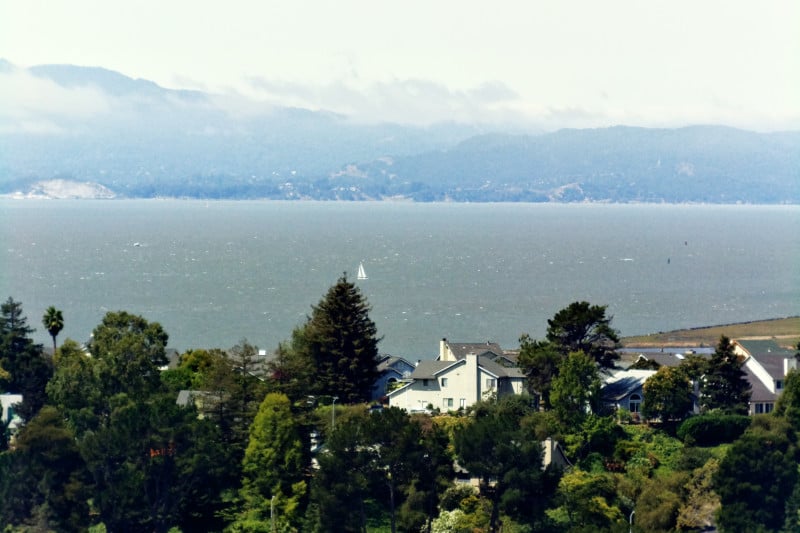
Hardware
The shutter button is a cherry MX-style switch found on mechanical keyboards and the camera comes equipped with a standard tripod 1/4-inch screw.
Also on the bottom of the camera is a compartment door where the USB-C drive is located, the USB stick is then plugged into a computer to retrieve the images.
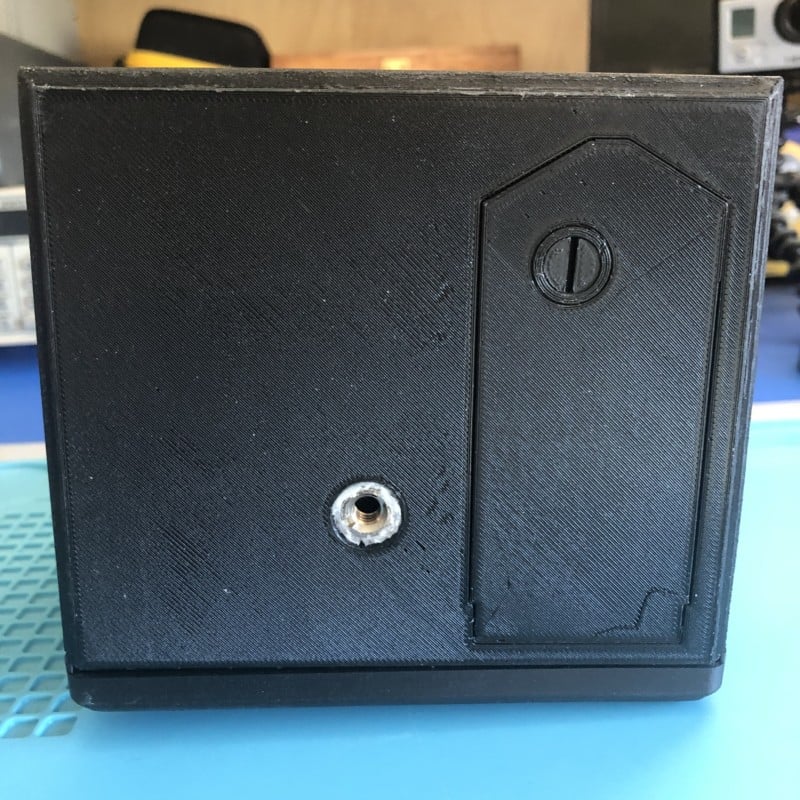
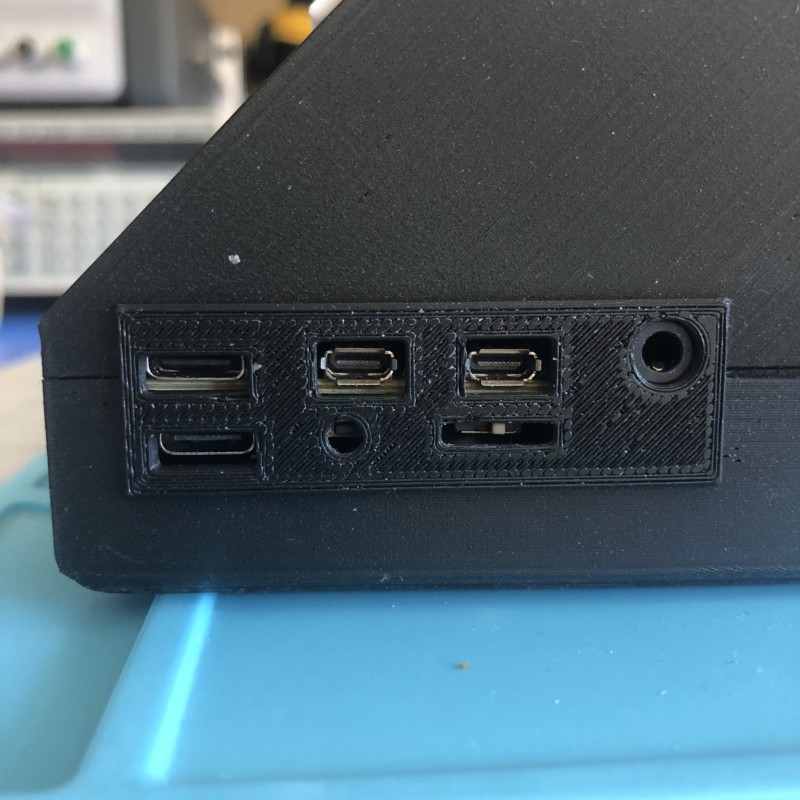
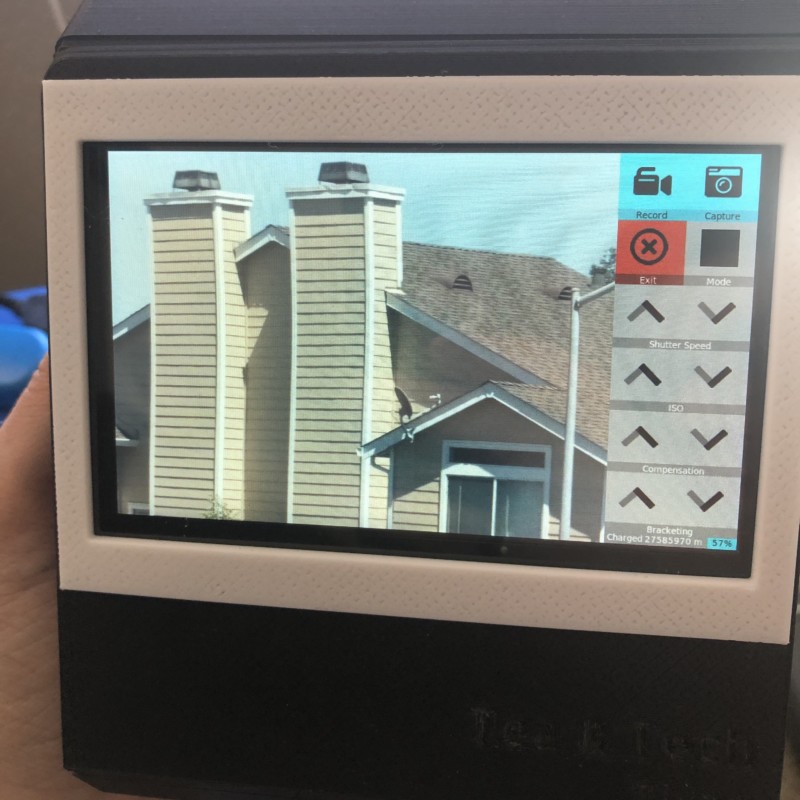
On the side of the camera is where the power button is along with the charging and serial USB-C ports, two micro-HDMI ports, and an audio and analog video input.
Once the instrument is switched on, the user is presented with a live feed of what the camera is seeing as well as the camera controls. The on-screen controls can be used to switch between modes and adjust the exposure, bracketing, and ISO.
Because Shucker is using a Leica M-mount designed for full-frame cameras on a very small sensor it gives a 5.5x crop factor. This means a 50mm lens becomes a huge 275mm lens so to overcome this issue, he uses a focal length reducer attached to the Pi’s camera.
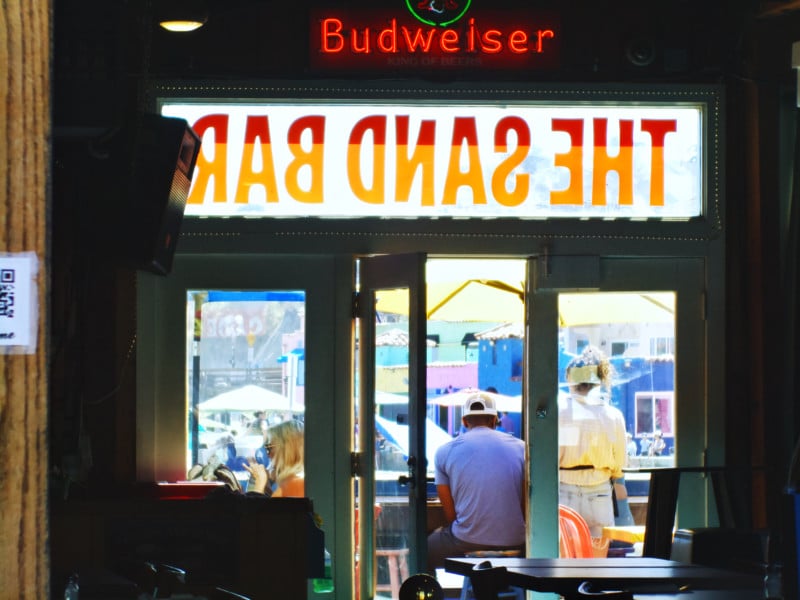
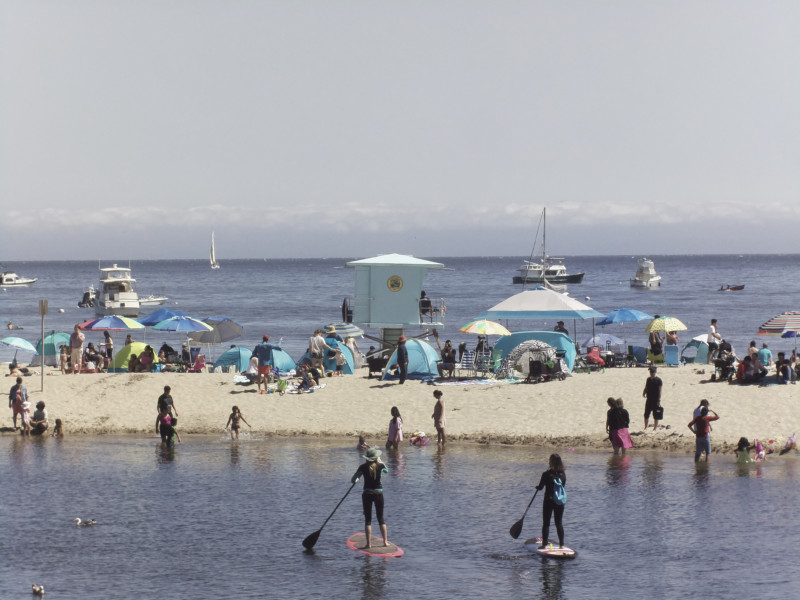
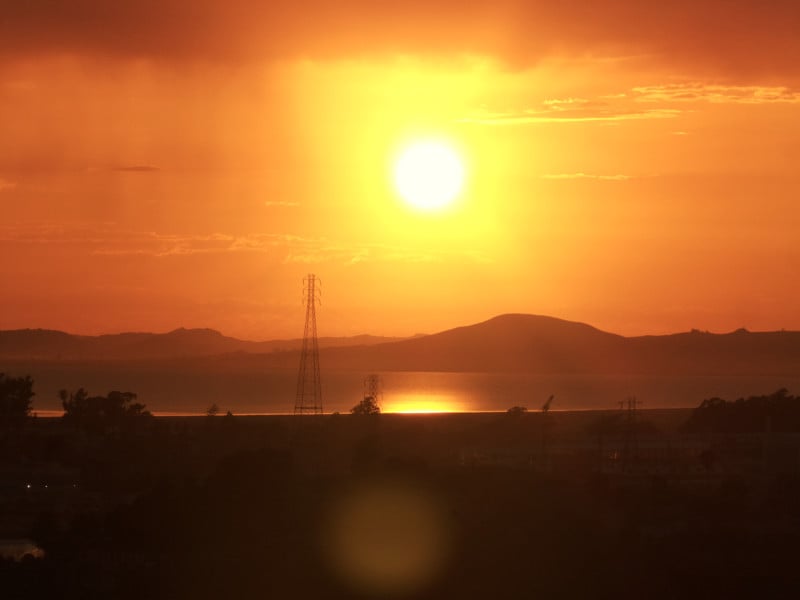
DIY
Shucker uploaded the project to github that includes all of the 3D files to build it if another enthusiast is prepared to take the project on.
“The possibilities are endless. With this device, you can write a new user interface, code up a new image processing pipeline, adapt new lenses to the camera, modify the optics to do IR or UV photography, and much much more.”
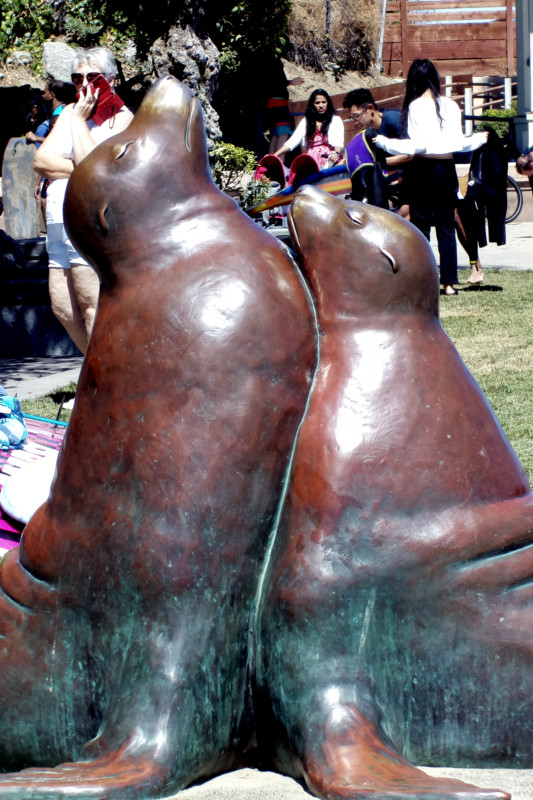
Shucker’s blog can be read here. More of his work can be found on his YouTube channel and Instagram.
Image credits: All photos courtesy of Tom Shucker.